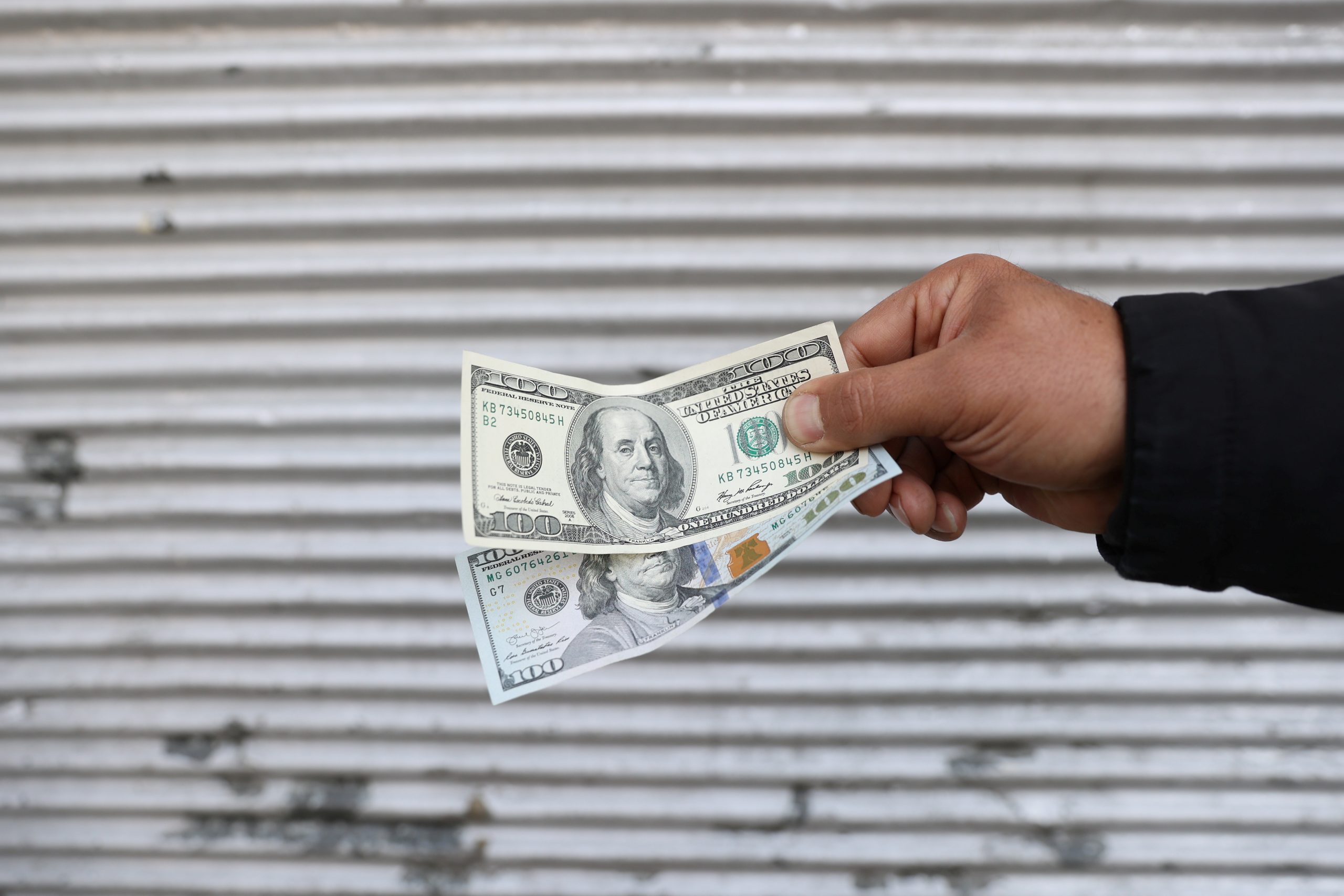Forex
Dollar is getting weaker against most currencies after rising on the outcome of the Fed meeting

The dollar is weaker against Euro, Yen, and Pound Sterling after climbing at the Federal Reserve meeting. The Fed had expectedly raised the interest rate by 75 basis points and now has a range of 3.75-4% per year. It was raised by that amount at the end of the fourth meeting in a row. The rate is now at its highest level since January 2008.
Dollar is getting cheaper – what’s going on in the Forex market?
The U.S. Central Bank said it will slow down rate hikes in the future. Federal Reserve Chairman Jerome Powell said at a news conference after the meeting that this issue is likely to be discussed at the December meeting or early next year. However, he said that it was too early to talk about a pause in the rate hike. Also, Powell said that its cap would be higher than previously expected.
The Bank of England is also meeting this week and the results will be released on Thursday. Experts expect the British Central Bank to raise the prime rate by 75 bps. – to 3%. The Bank of England has not raised the rate by more than 50 basis points since 1989, notes the FT.
Also, investors are waiting for statistical data on the US labor market, which will be published later Thursday.
The euro rose 0.05% to $0.9823 against the dollar, compared to $0.9818 at market close on Wednesday. Exchange rate of American currency fell by 0.32% against the yen to 147.43 yen from 147.90 yen as of the previous session. Pound exchange rate went up by 0.11% – to $1.1404 from $1.1392. The calculated ICE index is adding 0.5%, while the WSJDollar is losing about 0.2%.
Earlier we reported that Uniper posted a loss of €40bn for the 9 months.

 Forex3 years ago
Forex3 years agoForex Today: the dollar is gaining strength amid gloomy sentiment at the start of the Fed’s week

 Forex3 years ago
Forex3 years agoUnbiased review of Pocket Option broker

 Forex3 years ago
Forex3 years agoDollar to pound sterling exchange rate today: Pound plummeted to its lowest since 1985

 Forex3 years ago
Forex3 years agoHow is the Australian dollar doing today?

 Cryptocurrency3 years ago
Cryptocurrency3 years agoWhat happened in the crypto market – current events today

 World3 years ago
World3 years agoWhy are modern video games an art form?

 Commodities3 years ago
Commodities3 years agoCopper continues to fall in price on expectations of lower demand in China

 Economy3 years ago
Economy3 years agoCrude oil tankers double in price due to EU anti-Russian sanctions























